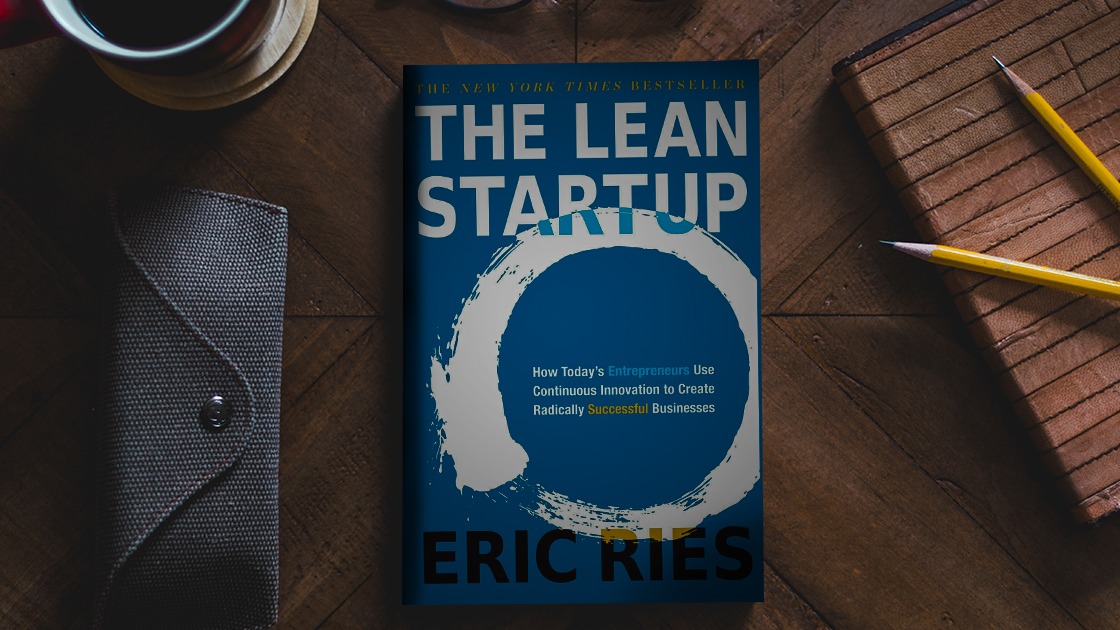The Lean Startup is a book that many have been calling the bible for building an MVP; but does it really live up to the hype? Well, there are plenty of reviewers that claim that to be the case, as it breaks down what it takes for startups to get their ideas out there, and have them validated and ready to continue development.
What’s covered
Before you buy the book for yourself, it would be worth knowing about what you’re actually going to learn from it, and whether it’s of value to you. The book itself aims to teach the core principles of starting a business and driving it toward success, so throughout you can expect to learn more about the five principles of lean startups.
The five principles of lean startups:
- Entrepreneurs are everywhere
- Entrepreneurship is management
- Validated learning
- Innovation accounting
- Build-Measure-Lean
Throughout the book, the author talks about their beliefs on how startups should be implementing these principles and why they’re so important.
Validating your ideas
The world of business is changing every year, and that can be hard to catch onto as a startup. There are important strategies to be put into practice that Ries covers, which is validating your ideas. You don’t want to invest a lot of time and money into a product or design that’s not going to get your business any sales – and unless your ideas have been validated, it’s there’s no real guarantee of the results.
Instead, you work quickly to put out a lesser product, that you can then get quick sales from while receiving feedback at the same time. It’s a much better way of finding a sustainable business model, and you make money while you develop a better and more refined product.
Split-testing ideas
If you’re going to find out what’s valuable for your company, and what’s wasteful, split-testing; or A/B-testing. The general idea is that you take two contradicting concepts, and put them out to your audience for feedback. If you were to experiment with a new packaging design, you could either do this by investing a lot into creating both and then collecting feedback that way – or using the more modern way, through something like a social media poll. Of course, for something like this, you need a big enough audience, or else you’re not going to see confident results.
Reading the right metrics
As a startup owner, it can be easy to get caught up in all of the wrong data. You might feel like your business is successful if you’ve got a large audience, but that doesn’t mean anything if you’re not pulling in the numbers. While it might be great for promotions and reputation, you need to make sure you’re putting the focus on the things that sell. That way you make sure you’re not investing a lot into growing these vanity metrics while making little to no profit from it.
Overall
Of course, the book goes into much more depth into all of these topics and how you can apply them yourself. Every business model is different, and there’s no bulletproof method to success. The more you know, the more you can do, so learning what you can from The Lean Startup could be very valuable to you.




